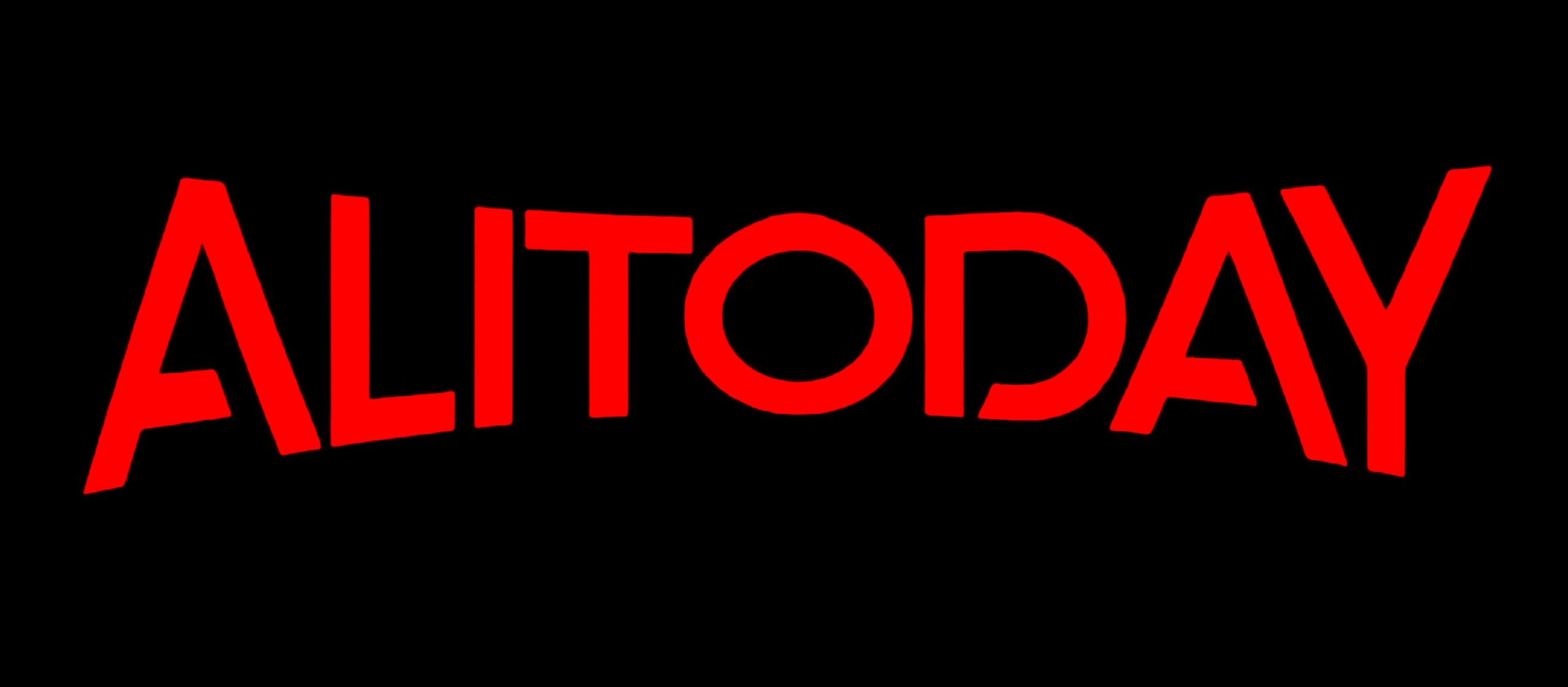After the Supreme Court thwarted President Biden Chips Away ambitious plan to cancel billions of dollars in student loan debt, many borrowers were left wondering how he would fulfill his promise to alleviate the burden on millions of Americans saddled with student loans.
On Wednesday, Biden took action by canceling $1.2 billion in student loan debt, bringing his total debt relief efforts during his presidency to $138 billion for 3.9 million borrowers. Though significantly less than his initial proposal to cancel up to $400 billion in debt for 43 million borrowers, Biden’s critics and supporters alike acknowledge it’s more than any of his predecessors have achieved in terms of debt relief.
Biden’s approach has shifted towards a piecemeal strategy, tweaking existing programs plagued by bureaucracy. This latest debt cancellation affected about 150,000 borrowers enrolled in the SAVE plan, an income-driven repayment program, who have lower balances and have made payments for at least a decade.
Despite periodic announcements of limited debt cancellation, Biden’s personal attention to the issue during a fundraising trip in California reflects a White House effort to garner more credit for his actions. Democratic allies have urged emphasizing debt cancellation to rally crucial constituencies, particularly young voters and Black borrowers disproportionately affected by student debt.
Also Read | Top 10 Place To Visit In Silicon Valley USA
However, challenges persist. Representative James E. Clyburn expressed concern that many voters focus more on Biden’s unfulfilled promises than his accomplishments, reflecting a broader challenge facing the administration. Biden’s aides believe student debt cancellation could swiftly improve Americans’ lives and bolster his approval ratings, despite the struggle to gain recognition for these efforts.
The administration has undertaken various initiatives, including pausing repayments, introducing income-driven repayment plans like SAVE, and providing targeted relief for specific groups such as public service workers and disabled borrowers. Yet, criticism remains, particularly regarding delays and glitches in implementing policies like the Free Application for Federal Student Aid (FAFSA).
Republicans have accused the administration of prioritizing campaign promises over effective policy implementation. Despite efforts to showcase the impact of debt relief, frustrations linger among many borrowers who feel let down after Biden’s initial promise of broader forgiveness.
Also Read | Why Americans Don’t Give Biden Credit for Strong Economy
In this complex landscape, Biden’s ability to energize voters over student debt relief faces challenges, compounded by the rocky rollout of FAFSA reforms. While some borrowers, like Eric Fitts, have benefited from debt cancellation, others, like student debt relief advocate Ashley Pizzuti, express disappointment over unmet expectations.
In sum, while Biden has made strides in student debt relief, navigating the intricacies of policy implementation and managing public perception remain ongoing challenges for his administration.



